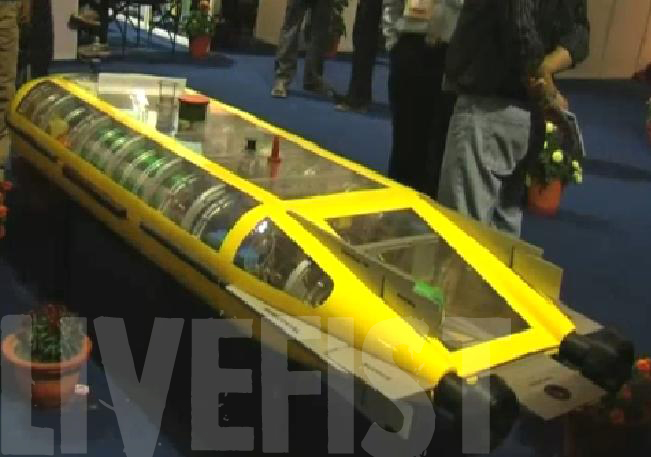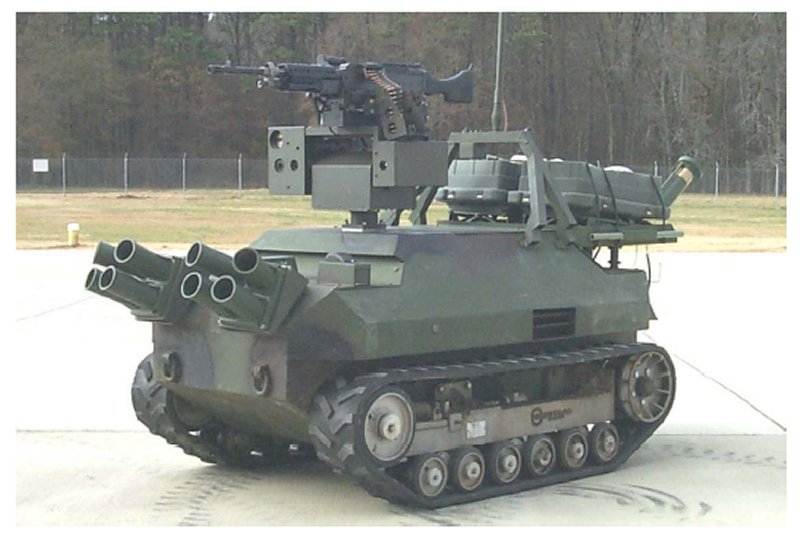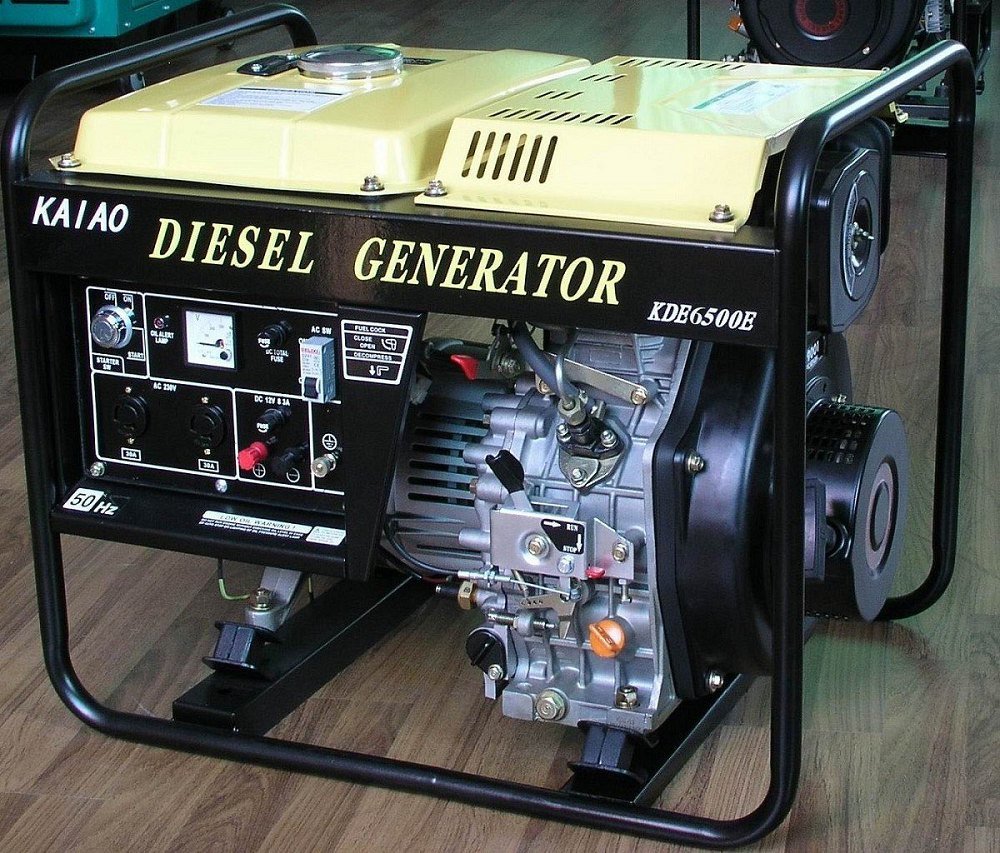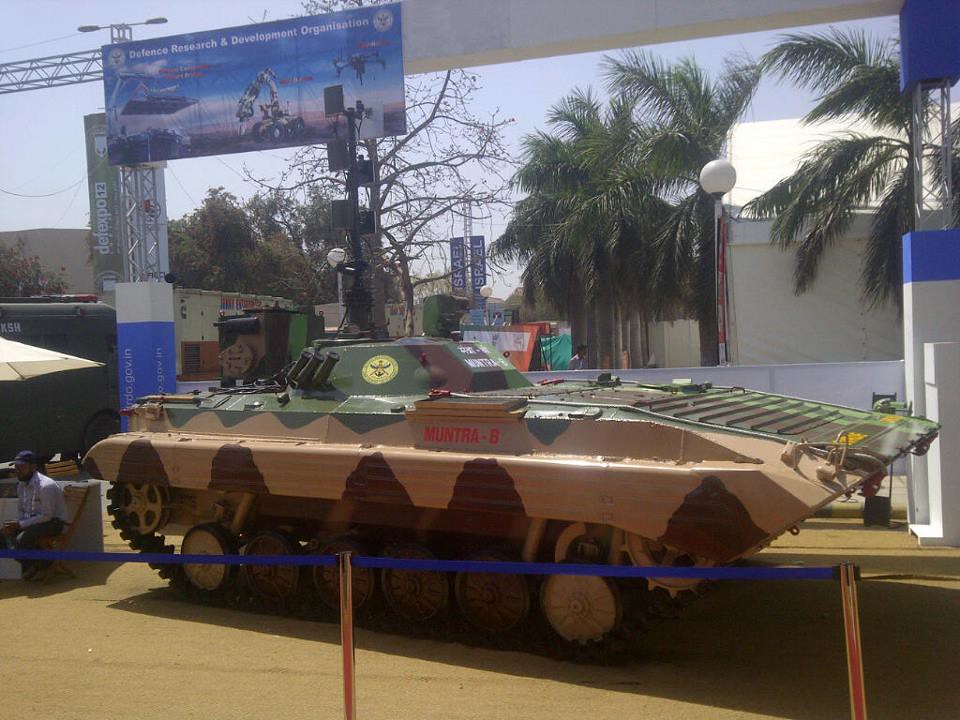bhramos
New Member
- Joined
- Mar 21, 2009
- Messages
- 25,644
- Likes
- 37,250
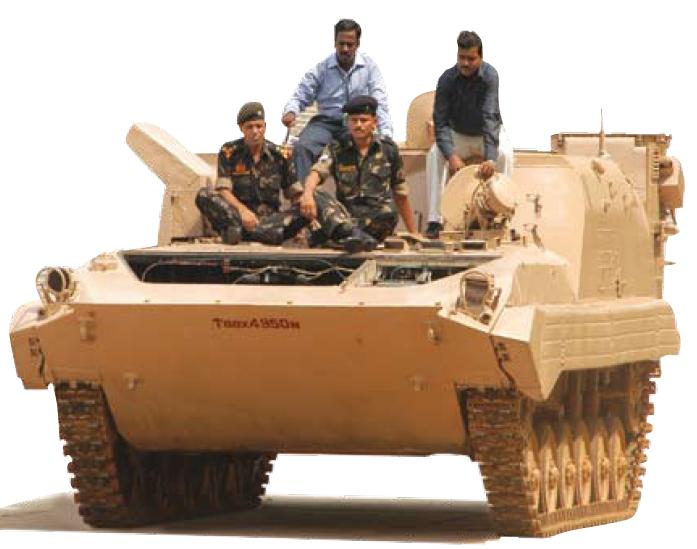
PUNE: The Defence Research and Development Organisation (DRDO) is working on an ambitious Rs 500-cr unmanned ground vehicle (UGV) programme that seeks to address the Army's requirement for various types of UGVs over the next 10 years.
The use of UGVs, which are state-of-the-art robots, has acquired a greater significance in counter-insurgency, urban- as well as jungle-warfare situations for varied tasks, including surveillance and reconnaissance operations and safe handling and disposal of improvised explosive devices (IEDs).
"We are in discussion with the Army to finalise the UGV programme soon," S Sundaresh, DRDO's distinguished scientist and chief controller of armament combat engineering and services interaction, said here on Monday.
"The ongoing efforts of four DRDO laboratories, including Pune's Research and Development Establishment (R&DE - Engineers), which are into developing various systems for UGVs, will be combined for rolling out products specified by the Army," he said.
"The robotics group at R&DE (Engineers) has been working on advanced systems for unmanned vehicles, while the Vehicle Research and Development Establishment (VRDE) at Ahmednagar is into developing wheel-based UGVs for surveillance and recce operations," he said.
"Similarly, the Combat Vehicles Research and Development Establishment at Avadi near Chennai is into developing track-based vehicles, while the Centre for Artificial Intelligence and Research, Bangalore, is working on image processing and sensors," Sundaresh added.
Key DRDO laboratories, like R&DE (Engineers), Pune, have diversified from conventional tasks of making bridges, mine-laying and mine-clearance equipment to the more advanced systems involving robotics and artificial intelligence applications. A small group of robotics, set up in 2001-02 for designing UGVs, has since evolved into a full-fledged robotics development laboratory 'Saksham', which has been spearheading the DRDO's UGV initiative.
According to Sundaresh, surveys relating to the global market for UGVs have revealed that governments of various countries have committed mind-boggling amounts for acquisition and deployment of UGVs. "There is immense potential and opportunity for scaling up this technology to the extent of developing unmanned battle tanks," he said.
Sundaresh said, "A UGV for nuclear biological and chemical ( NBC) surveillance operations is under development at VRDE, Ahmednagar, and will be ready for trials in a year. This equipment, which will be mounted on a Tata 104 vehicle and fitted with all sensors, can be remotely controlled to go into an NBC-affected area in a range of up to 5 km and measure and mark level of radiation for clean up exercise."
Alok Mukherjee, head of robotics laboratory at the R&DE (Engineers), told TOI, "We have developed an unmanned aerial vehicle (UAV) 'Netra', which is useful for surveillance and recce operations, for obtaining live videos of a terrorist situation in urban as well as jungle warfare."
"Netra is set to enter into the production phase following successful user and field trials, including those in high-altitude, cold and hot weather conditions," he said.
"We are in talks with para-military forces like the National Security Guards, which requires the UAV for counter-terror operations in an urban setting, and the Central Reserve Police Force, which is dealing with Maoists or Naxals in jungles," he added. "The Border Security Force; Indo-Tibetan Border Force and the state police are the other prospective buyers," Mukherjee said.
Apart from 'Netra', the R&DE (Engineers) is developing a gun-mounted robot, which can be deployed in anti-terrorist situations. "The robot will be equipped with a light machine gun and a grenade launcher," he said and added that the project is in design stage and will take two years to realise.
A smaller version of the remotely operated vehicle ( ROV) 'Daksh', which can be deployed in crammed places, like railway train compartments or aircraft isle, for detection, removal and disposal of improvised explosive devices is also being developed, said Mukherjee. "This project, too, is in the design phase," he added.
DRDO plans 500-cr unmanned vehicle project for Indian Army - The Times of India



